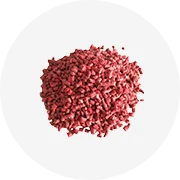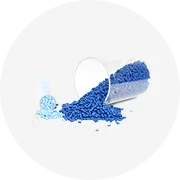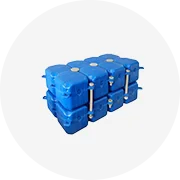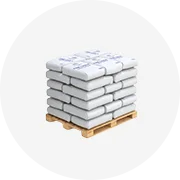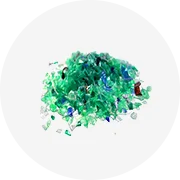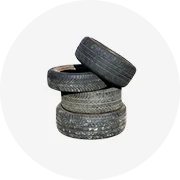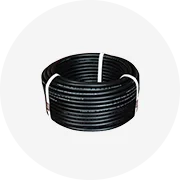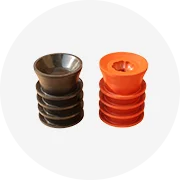
























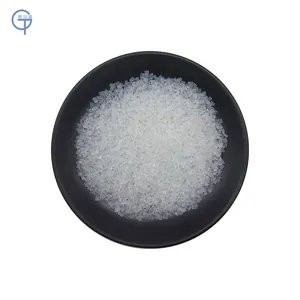









Top categories
About dcp for xlpe compound
Introduction to DCP for XLPE Compound
Dicumyl peroxide (DCP) is a crucial chemical for cross-linking polyethylene compounds, particularly in the production of XLPE (cross-linked polyethylene). XLPE compounds are widely utilized in various industries due to their enhanced thermal, chemical, and physical properties compared to standard polyethylene. This introduction delves into the significance of dcp for xlpe compound and its role in the manufacturing sector.
Types and Applications
DCP for XLPE compounds is available in various grades, each tailored for specific applications. The primary use of DCP is to initiate the cross-linking process in polyethylene, which is essential in creating XLPE. XLPE's enhanced characteristics make it suitable for high-voltage electrical insulators, heat-resistant wires, and tubes. Moreover, XLPE is employed in the automotive industry for fuel-resistant tubing and in the construction sector for durable piping systems.
Features and Materials
The cross-linking agent for XLPE is a testament to the material's versatility. DCP reacts with polyethylene, forming a network of bonds that transform the material's structure. This process bestows XLPE with superior strength, improved temperature resistance, and excellent electrical insulation properties. The material's robustness makes it an ideal choice for harsh environmental conditions and demanding applications.
Advantages of Using DCP in XLPE Production
Utilizing dicumyl peroxide in XLPE manufacturing brings forth numerous advantages. The resultant XLPE exhibits remarkable durability and longevity, which is pivotal for products that must withstand extreme conditions. Additionally, the cross-linked structure of XLPE provides enhanced resistance to chemicals and abrasion, making it a reliable material for a wide array of industrial applications.
Environmental Impact and Recycling
The environmental aspect of XLPE compounds is noteworthy. XLPE can be recycled, reducing the ecological footprint of products made from this material. The incorporation of DCP as a cross-linking agent does not hinder the recyclability of XLPE, ensuring that the material aligns with sustainability goals and practices.
Conclusion
In summary, dcp for xlpe compound is a pivotal component in the production of cross-linked polyethylene. Its ability to enhance the material's properties makes it indispensable in various industrial applications. While exploring the range of DCP and XLPE products, it is evident that the versatility and durability of these materials are what make them sought after in the market.

